Felines
Introduction
Felines, or the family Felidae, are a group of mammals that include both big cats such as lions, tigers, and leopards, and small cats like the domestic cat. They are known for their sharp retractable claws, keen senses, and carnivorous diets. Felines are found all over the world, from the African savannahs to the Arctic tundra, and even in our own homes.
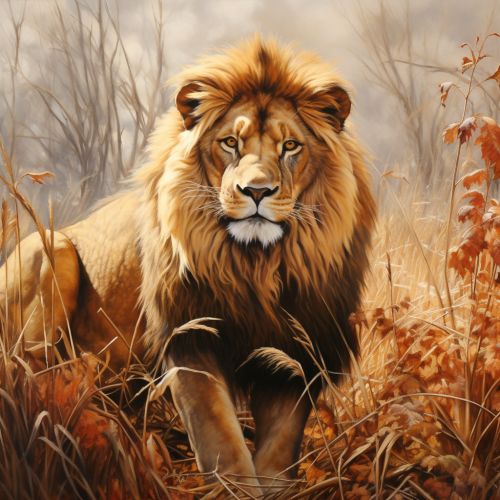
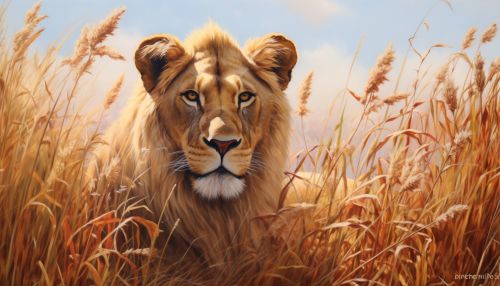
Evolution and Classification
Felines belong to the order Carnivora, which also includes canines, bears, and seals. The family Felidae is divided into two subfamilies: Pantherinae, which includes the big cats, and Felinae, which includes the smaller cats and the domestic cat. The family Felidae is believed to have diverged from the other families of Carnivora around 25 million years ago.


Anatomy and Physiology
Felines are known for their lithe bodies and muscular structure, which allows them to be excellent hunters. They have sharp retractable claws for catching and holding onto prey, and powerful jaws for delivering a killing bite. Felines also have a unique skeletal structure that allows them to be extremely agile and flexible.
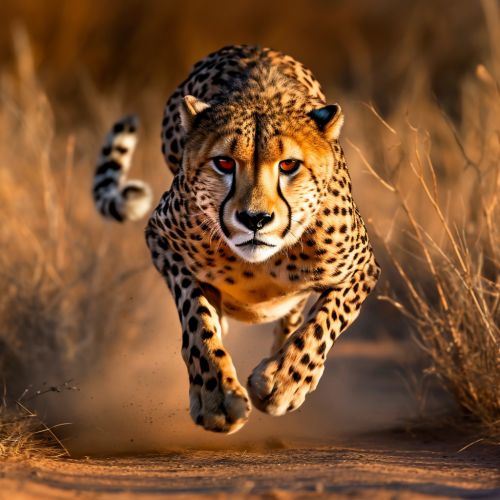

Behavior
Felines are solitary animals, with most species preferring to live and hunt alone. They are also primarily nocturnal, although some species are active during the day. Felines communicate through a variety of means, including vocalizations, body language, and scent marking.
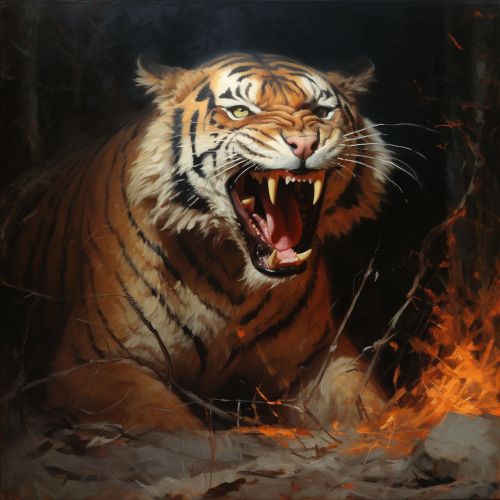
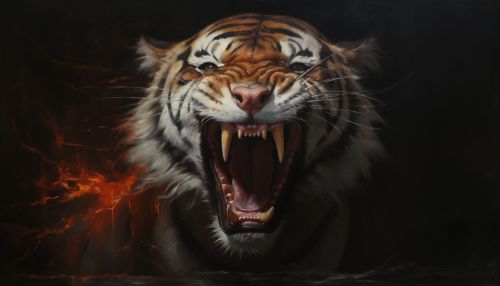
Conservation
Many species of felines are currently threatened or endangered due to habitat loss, poaching, and climate change. Conservation efforts are being made to protect these species and their habitats, including the establishment of protected areas and breeding programs.
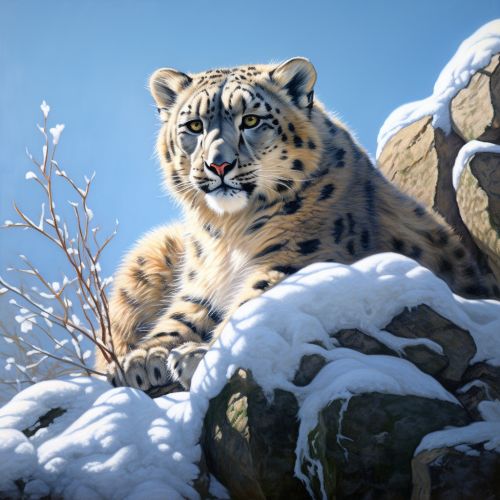
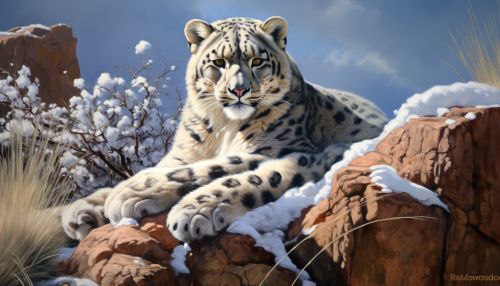
Domestication
The domestic cat, or Felis catus, is the only species of feline that has been fully domesticated. Domestic cats have been kept as pets for thousands of years, and are now one of the most popular pets worldwide.


